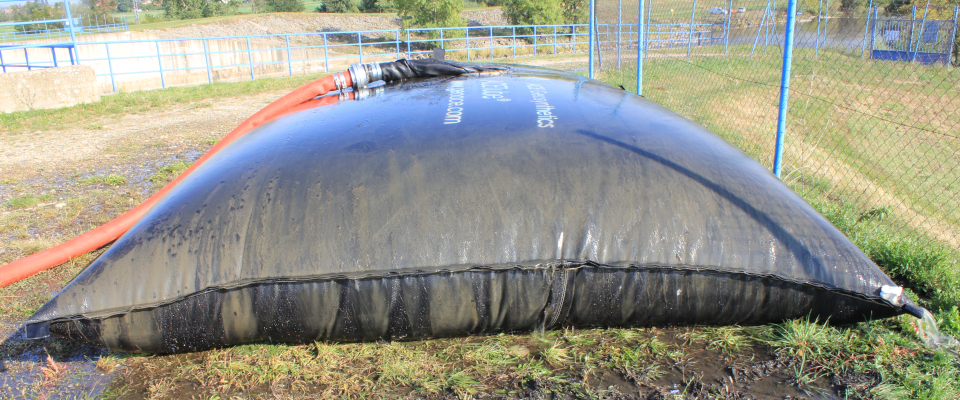- 19. May 2022
- Posted by: matej.beres
- Categories: Articles, News

We usually approach the processing of sediments if the conditions for the creation of sedimentation areas-lagoons are not suitable in the area of the implementation of the contract. Due to insufficient free space or due to high groundwater levels. Sediment dewatering is also performed in case it is necessary to remove sediment from the project implementation area, e.g. due to its contamination with pollutants.
The goal of sediment treatment is to remove most of the water they contain, thus reducing the volume of the extracted hydro mixture. The filtered water can be drained back into the aquatic environment from which it was pumped, a measure which is very desirable in the revitalization of water areas with insufficient water inflow in order to prevent a significant drop in water level – drying of the lake. In addition to reducing the volume of sediment and the possibility of returning water to the original environment, drainage improves the possibilities of sediment handling.In addition to machining (eg centrifuge) Geotextile tubes are often used to dehydrate sediments. They are geosynthetic tubular bags of various lengths and diameters, which are filled with pumped water mixed with water and solid particles (clay, clay, sand, gravel ,.).
The permeability of geosynthetics allows for rapid drainage, which results in the retention of solid particles inside the bag. The advantage of geosciences is that they can be tailor-made ’according to project requirements.
The process of sediment dewatering by geotextile tubes consists of three stages: filling, filtering, and compaction.
In the first stage, the bag is filled with pumped water. To facilitate the aggregation (flocculation) of the finest solid particles and their separation from the liquid component, a flocculant is added to the hydro mixture before the hydro mixture is introduced into the bag. In the next stage, the excess water is filtered through the surface of the filter, while the solid particles remain trapped in the bag. The last stage is to expel the remaining water by compacting the material.
After the work is completed, the filled geotextile tubes can remain stored at the filling site or they can be cut and the sediment relocated. The Geotextile tubes left in place can be incorporated into the environment as a landscaping element after easy modifications and can also be used to repair eroded watercourses.

